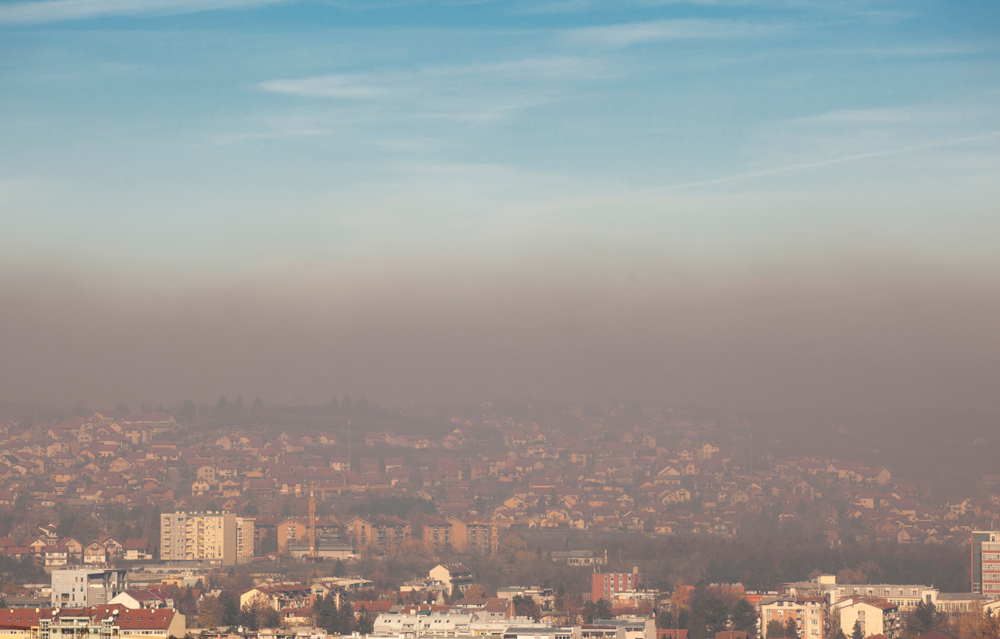What satellite data tells us about air quality in Serbia
The quality of air in Serbia has been the subject of discussion for years, and it is no secret that the country is the worst in Europe in terms of premature pollution-related deaths. Recent satellite data accessed by Deutsche Welle in cooperation with the European Data Journalism Network is revealing.

© Adam Radosavljevic/Shutterstock
They are extremely small – thirty times finer that a human hair. Their composition is unknown. Yet, when we inhale them, they quickly enter the bloodstream and spread throughout the body. The more of them there are, the more dangerous they become. High concentrations can exacerbate existing illnesses, and in some cases they can even cause cancer and premature death.
PM 2.5 particles – fine particulate matter – are one of the main indicators of the degree of air pollution. According to the World Health Organisation (WHO) standards, which are stricter than those of Serbia, air is only considered to be of acceptable quality if the average annual level is below 5 micrograms per cubic metre.
Journalists from CINS, together with EDJNet colleagues, have analysed satellite data that shows the extent of particulate pollution in Serbia relative to other countries in Europe.
An estimate by the Copernicus Atmosphere Monitoring Service suggests that the WHO’s limit was exceeded in 2023 in the majority of European countries. Data on Serbia show that the air quality is generally poor compared to elsewhere in Europe, and according to some parameters it is among the worst.
However, the situation may be even more alarming. Dejan Lekić, an environmental expert and former head of the Serbian Environmental Protection Agency, has been warning the public for years about air pollution in Serbia. He took a look at the new data with a journalist from CINS.
Lekić believes that the analysis takes several factors into account, such as the size of cities and prevailing air currents. But in Serbia there are also other sources of pollution, such as the use of old motor oil as domestic fuel. “There are a whole range of choices here that are no longer available in other countries. They’ve simply been eliminated, and in those country no rational person would choose them. Motor oil is a hazardous waste that must be disposed of properly. In Serbia, people burn it.”
The study takes into account 200.000 cars in Belgrade, but it not able of including people removing the filters that clean exhaust gases because that way they can save fuel or the costs of replacing the filters. “Elsewhere, removing the filters is not even an option. A bus that belches smog like in Belgrade would be pulled over and declared unroadworthy, full stop. There is a whole series of factors that cannot be captured by the model, so the real picture is certainly worse,” Lekić explains.
We have a “diagnosis”, he says, but efforts need to be made to solve the problem. Everything has been defined in the action plan adopted by the Serbian government, but the public doesn’t know which measures have been implemented so far and which problems still need to be solved.
Also, people in Serbia are inclined not to respect the rules. “Unless they see an issue is going to impact them tomorrow, for instance, they say: ‘It doesn’t matter, it won’t affect me.’”
Original source: www.cins.rs/sta-nam-govore-satelitski-podaci-o-kvalitetu-vazduha-u-srbiji-za-2023-godinu/
